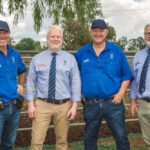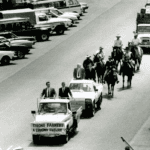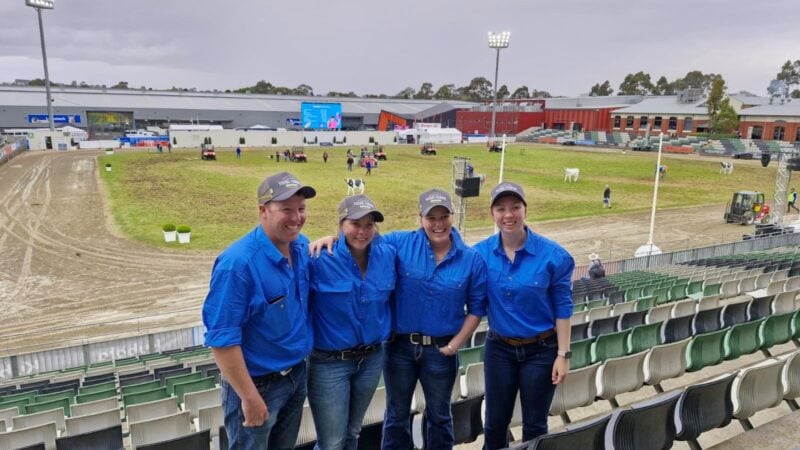According to research in the NSW Farm Crime Survey 2020, 81 per cent of NSW…
Capture rural crime
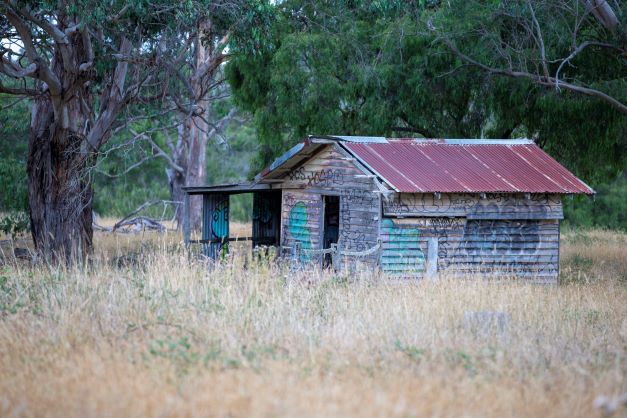
The UNE Centre for Rural Criminology, in collaboration with the UNE Australian Centre for Agriculture and Law, is aiming to capture rural crime through a photography competition.
A total of $1700 in prize money is being offered in a number of categories, along with modest fame.
Competitors are asked to address the question: What characterises rural crime conveyed through photographic imagery?
First prize is $500, second prize is $300, and third prize is $200. There are two student-only prizes, one worth $300 aimed at students in higher education and another worth $200 aimed at students 18 and under.
A �people�s choice� award in the amount of $200 will also be given to a popularly chosen image.
A selection of images chosen by an expert judging panel will be displayed in an online gallery, and in selected regional galleries in NSW and Victoria.
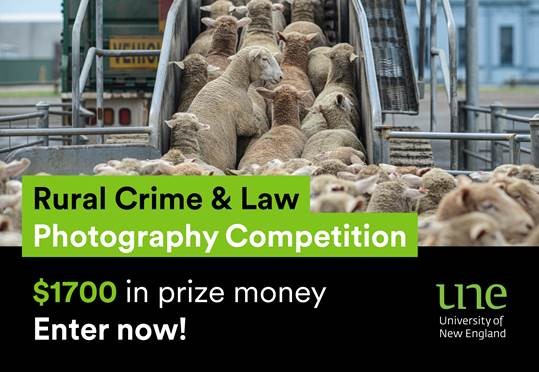
One of the competition�s judges, Australian Community Media rural property writer Marian Macdonald, observed that personal perceptions of crime, or the lack of crime, colours the way we think about where we live and the people around us.
�It’s going to be fascinating to see how people capture that in the Centre for Rural Criminology’s photo competition and I think it will make some pretty powerful statements about what’s important to rural people and why,� Ms Macdonald said.
�What a fantastic way to illustrate the hard numbers that show crime isn’t just a city thing.”
The Centre�s co-director, Dr Kyle Mulrooney, explained while the quality and visual appeal of the images is important, the competition is not just about photography.
�Part of our work at the Centre is to contribute to the definition and debate around public perceptions of rural crime,� he said.
�We�re hoping that the images we receive will help us better understand those perceptions.�
Dr Mulrooney encourages people to think about rural crime and law in the broadest sense.
�There are those offences which are by their nature quintessentially rural, such as stock-theft or the theft of farm machinery,�
�However, rural criminology is also about how distinct social, cultural and physical characteristics of rural spaces impact upon all types of crime, as well as our capacity to respond.�
Dr Kyle Mulrooney
In terms of subject matter, images may be literal records of rural crime – shot-away locks, flattened gates, the legacy of illegal hunting � or representation of rural criminal justice.
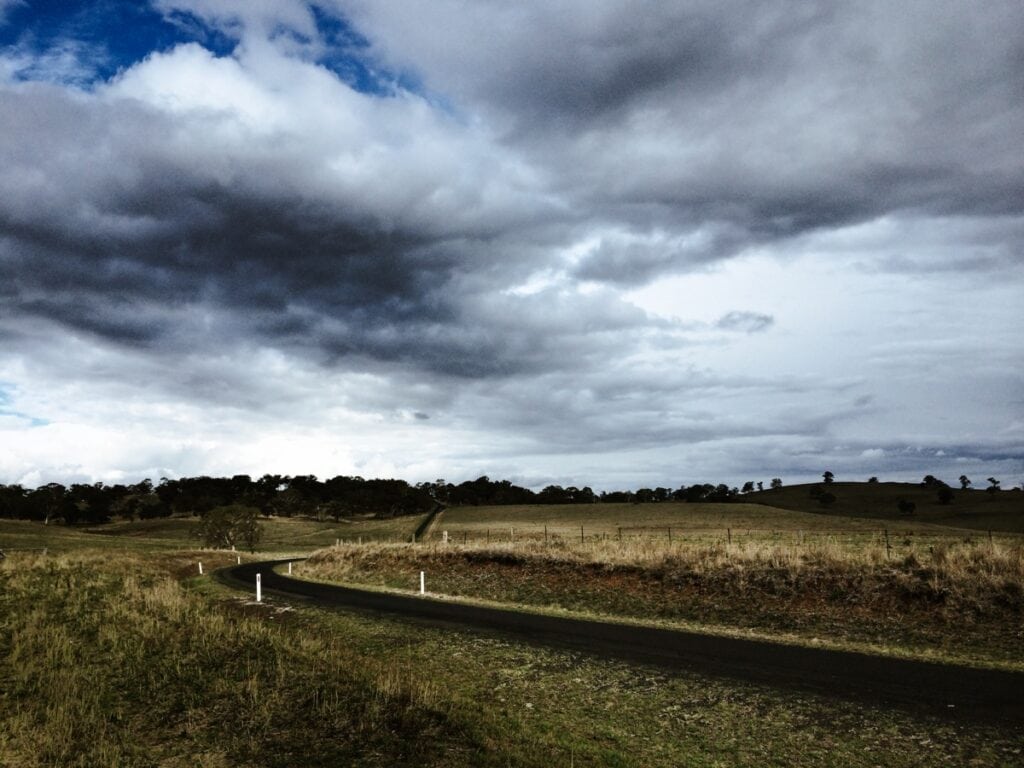
Dr Mulrooney also encourages works of pure imagination.
�We�re interested in interpretations of how the rural environment itself shapes crime and the law, perceptions around what may lead up to crime in rural areas, as well as more positive perceptions around how rural communities may successfully prevent and address crime.�
�Criminal acts are, by their nature, hidden from most of us, but they have ramifications throughout rural communities. We�re very interested in how people choose to convey, in an image, their own definition of rural crime and law.�
The competition closes on Friday 22 April 2022. You can submit your entry here.
The Centre for Rural Criminology has already made important contributions to Australian and global understanding of rural crime, an often overlooked and poorly understood phenomenon.
In August, the Centre released the NSW Farm Crime Survey 2020, the most comprehensive picture of rural crime in the State ever compiled.
Currently, the Centre has active research projects examining rural policing, illegal hunting, and the application of smart animal ear tags for the prevention of live-stock theft, among others.
World-first smart tag trial to capture rural crime
It�s one of the most common and costliest threats facing Australian farmers � but stock theft could soon be on the decline with the help of a new digital defence.
UNE criminologists are conducting a world-first trial to test the crime prevention capability of a new smart solar-powered animal ear tag developed in Australia by Queensland agricultural technology company Ceres Tag.
The new technology takes a traditional animal ear tag � commonly used by farmers for identification � and adds specially designed animal monitoring capabilities, with direct to satellite GPS among them, to monitor the animals� every move.
�Smart animal ear tags were one of the crime prevention tools survey respondents indicated they were willing to use to help prevent rural crime,� said Dr Mulrooney
�With this new Ceres Tag product, we feel very optimistic that we finally have the technology that will give farmers more confidence and peace of mind and allow the police greater opportunity to intervene and solve these crimes.�
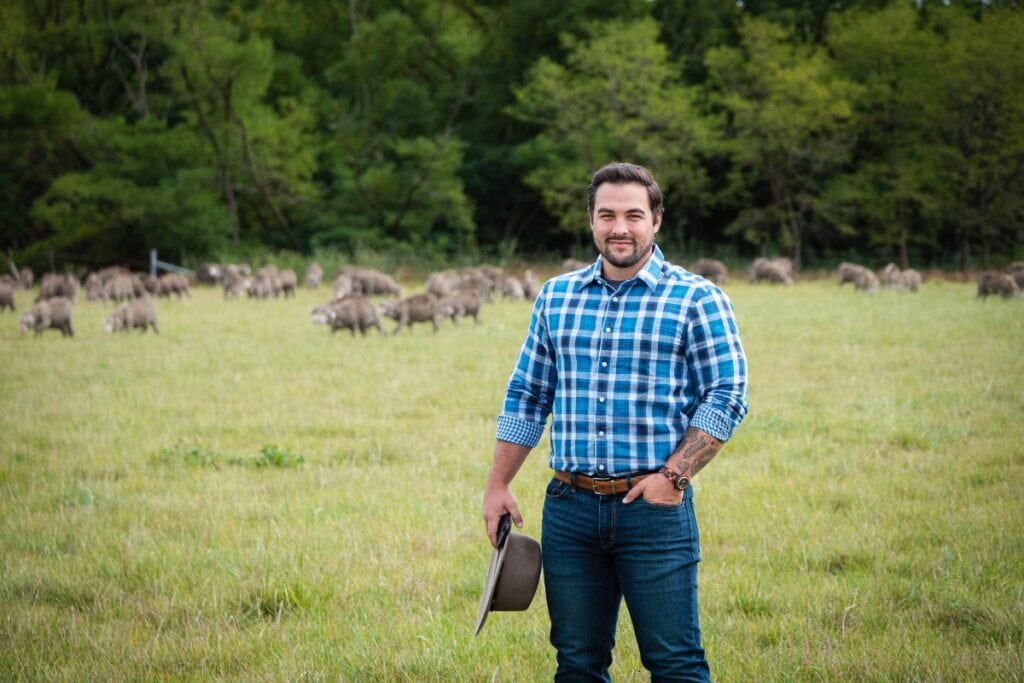
The UNE team will be staging a �mock� theft of 21 sheep tagged with the new device in collaboration with NSW Police on March 29.
It will involve moving the sheep from the UNE SMART Farms towards the Tamworth abattoirs.
�We�ll be looking all the time at the quality of the data from the tag as well as the benefits for the police response to the event,� Dr Mulrooney says.
�What we�ll be measuring is the ability of the Ceres Tag to notify the farmer in real time when there is some level of agitation in their livestock, which in a real situation on a farm could be caused by an animal, an intruder, or trespassers trying to muster stock for theft.�
The NSW Police Rural Crime Prevention Team (RCPT) will oversee the capability of the technology and check the stock as part of a coordinated response.
The State Rural Crime Coordinator, Detective Chief Inspector Cameron Whiteside, says the RCPT is continually looking for opportunities to trial technology and identifiers, including the use of GPS devices, to increase the reporting of rural crimes in a timely manner.
�It�s really important that we all have this experience with the technology, not just to ensure the integrity of the data, but also to ensure there�s an effective response to the data that�s feeding through,� Dr Mulrooney says.
The Ceres Tag�s unique capabilities introduce a first in the combat for stock theft � and that�s the ability to identify who the stolen stock belongs to, and effectively return them.
�In the past, it has often not always been possible to work out where stock has come from, even if we know they�re stolen. But these tags will provide all that data, and when properly secured, they cannot be removed without causing serious damage to the animal � which would make it much more difficult to sell them in the legal market.�
The trial of the tags is able to take place with approval from the UNE Animal Ethics Committee.
Learn more about the Rural Crime Prevention team here.


